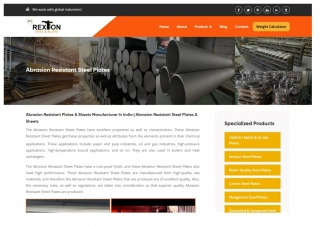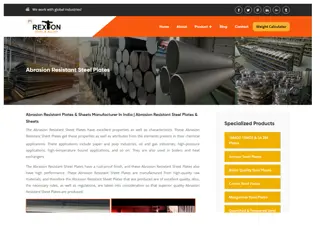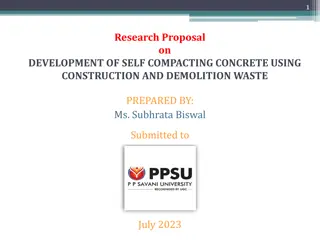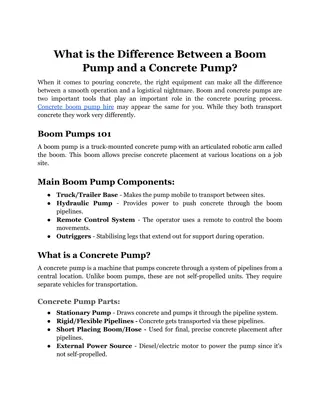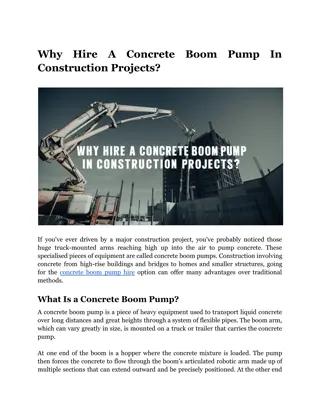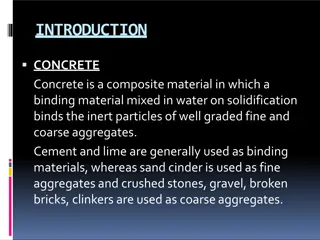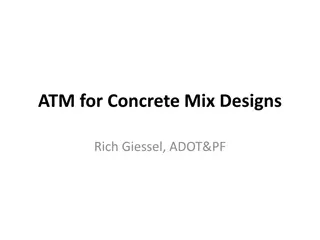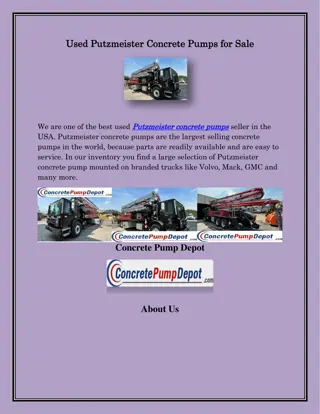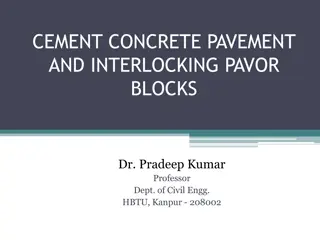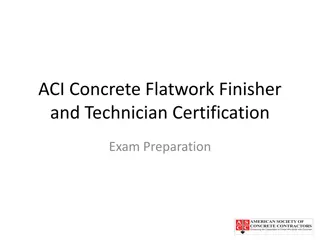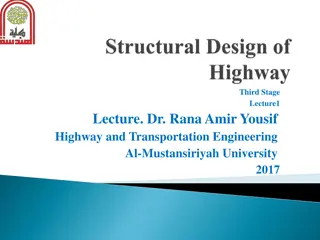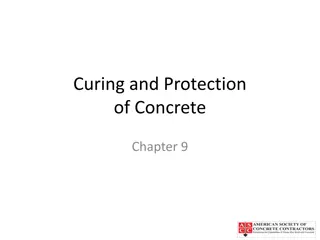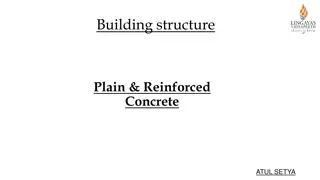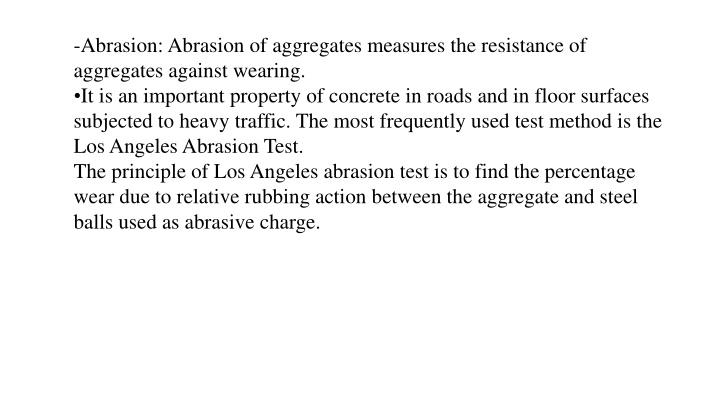
Abrasion of Aggregates in Concrete
Abrasion testing is crucial for assessing aggregate resistance in concrete applications. The Los Angeles Abrasion Test method, apparatus, preparation, procedure, and calculation steps are detailed in this guide.
Download Presentation

Please find below an Image/Link to download the presentation.
The content on the website is provided AS IS for your information and personal use only. It may not be sold, licensed, or shared on other websites without obtaining consent from the author. If you encounter any issues during the download, it is possible that the publisher has removed the file from their server.
You are allowed to download the files provided on this website for personal or commercial use, subject to the condition that they are used lawfully. All files are the property of their respective owners.
The content on the website is provided AS IS for your information and personal use only. It may not be sold, licensed, or shared on other websites without obtaining consent from the author.
E N D
Presentation Transcript
-Abrasion: Abrasion of aggregates measures the resistance of aggregates against wearing. It is an important property of concrete in roads and in floor surfaces subjected to heavy traffic. The most frequently used test method is the Los Angeles Abrasion Test. The principle of Los Angeles abrasion test is to find the percentage wear due to relative rubbing action between the aggregate and steel balls used as abrasive charge.
Los Angeles machine consists of circular drum of internal diameter 700 mm and length 520 mm mounted on horizontal axis enabling it to be rotated. An abrasive charge consisting of cast iron spherical balls of 48 mm diameters and weight 340-445 g is placed in the cylinder along with the aggregates. The number of the abrasive spheres varies according to the grading of the sample. The quantity of aggregates to be used depends upon the gradation and usually ranges from 5-10 kg. The cylinder is then locked and rotated at the speed of 30-33 rpm for a total of 500 -1000 revolutions depending upon the gradation of aggregates. After specified revolutions, the material is sieved through 1.7 mm sieve and passed fraction is expressed as percentage total weight of the sample. This value is called Los Angeles abrasion value.
APPARATUS Los Angeles machines Sieves (1.70mm) Cylindrical metal measure Tamping Rod Balance (0-10kg) Oven (3000c)
PREPARATION SAMPLE Test sample is dried in oven for a period of four hours at a temperature of 100 to 110 C. PROCEDURE 1. The required weight of test sample (A) 2. The test sample and the abrasive charge is to be placed in the machine and rotated at a speed of 20 to 33 rev/min. 3. The machine is to be rotated for 1000 revolutions. 4. At the completion of the test, the material is discharged from the machine and separation of the sample is made on 1.70 mm. IS sieve. 5. The material coarser than 1.70 mm sieve is washed, dried accurately weighed to the nearest gram (B).
CALCULATION The difference between the original weight and the final weight of the test sample is expressed as a percentage of the original weight of the test sample.

